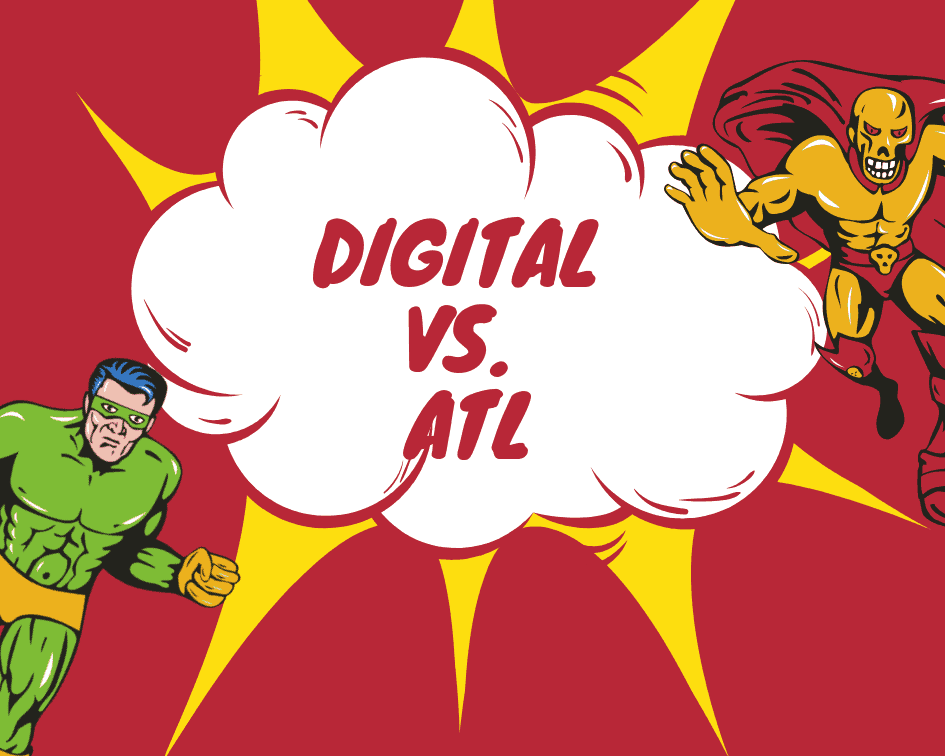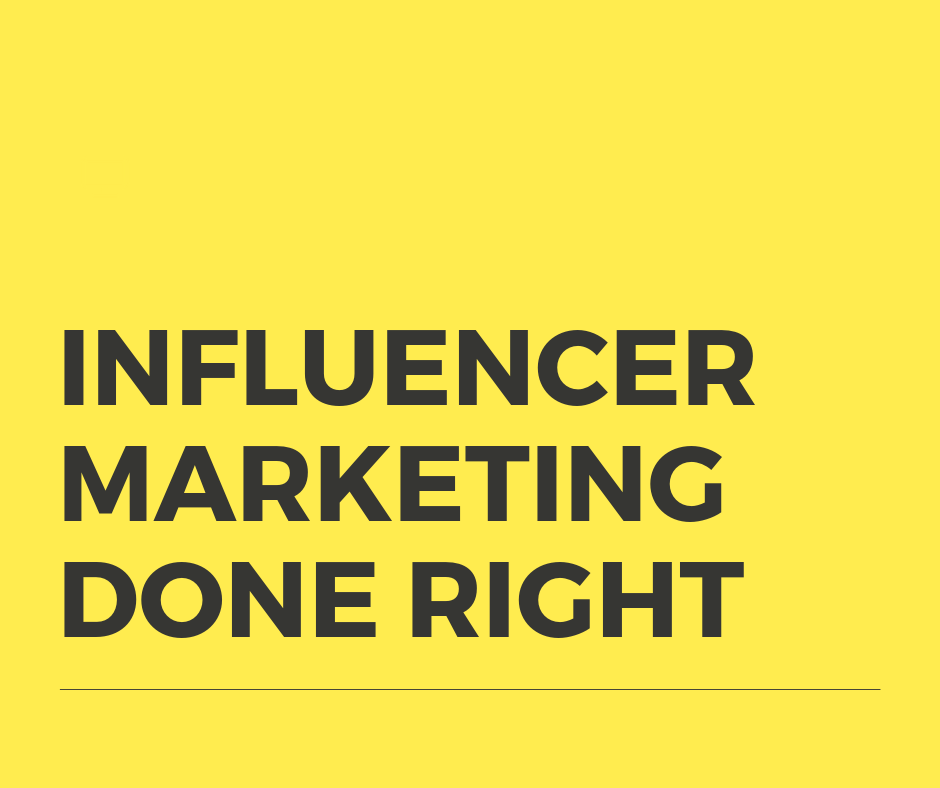
The role of digital in your category: Here’s a guide
“We need to do something on digital,” announced Alisha, the young daughter of the group Chairman. “In fact, we should move majority of the budgets to digital, because everything on digital is measurable.”
If you have been around making the case for digital, you’d be elated when you find an advocate like Alisha.
Just like Alisha, many marketing professionals are enamored by the digital medium and see it as the panacea – the magic bullet. They have some good reasons. Some of them range from “People are spending more time on digital” to “I don’t know how my ATL promotions work but digital is trackable.”
Here is one way, and one of the many factors, which may help you determine on how to choose the digital medium.
Deciding on where and how to use digital.
If you are weighing your media options and are unsure where & how to use digital you should consider some factors. While choosing the primary or lead medium, one important factor to consider is the role that trust plays in your category. Another way to look at this factor is whether your positioning is based on trust. For example, think of a cement brand which bears the tagline: “The most trusted cement”.
Before we delve deeper, I’d emphasize that digital has a role to play across all categories – one cannot deny that every possible target group might be spending (or will spend) time on the internet and therefore can be exposed to digital promotions and content. The issue is about what role should digital serve? For simplicity, I have divided the purpose of digital into two distinct buckets.
- As a primary channel for building your brand
- As a channel which enables transactions, helps the consumers with information. Essentially an enabling channel.
Trust and the digital medium.
The digital medium compares very well on all counts with ATL mediums. But it lags ATL mediums on one count – in its ability to build trust for the brand.
You might have wondered whether an ad on the TV equals something you saw as a sponsored ad on your facebook wall. And perhaps the answer would have been: “Not really!”. Here’s why that might be the case:
1. The credibility of content on the digital. Anyone can come and express or publish anything on digital without fear of censorship. This is the strength as well as the weakness of the platform. With the phenomena of “fake news”, the credibility of the medium itself has been taking a beating.
2. Anyone can advertise on digital. There is a saying: “If everyone wins, we all lose”. Your next door local farm can advertise next to Nestle on digital. There is no exclusivity. Those brands who appear on TV (and to a lesser extent on print) are considered to have “arrived.” Just being there is a boost to credibility. Why? Because not every brand can afford to be there. The inventory is limited and rationed off to the highest bidder.
Digital mediums help brands reach a huge number of people in a highly-targeted fashion, with adequate frequency and communicate the same way (or in fact better) as on ATL mediums. But where it does not help enough is driving the “trust” index for the brand.
What role should digital play in categories where trust is everything?
A framework shown in the following schematic should help. This helps you slot the categories in a 2×2. On one axis, you rate the categories for the role that “trust” plays in how consumers chose the brand. The second axis represents the perceived value, or for simplicity, price.

As you see in the chart below the highlighted part is where digital can play an important and primary role in both building the brand and enabling the consumer. These categories are relatively lower in involvement, relatively lower in perceived value. Therefore, you can use digital as the primary channel.
Categories outside are where you should consider using ATL as the primary source of demand generation and digital more for enabling transactions – lead-generation, customer engagement, information dissemination about features and the like.
Remember, like I said before, digital has a role to play in all categories. However, in high credence categories and especially where the ticket size is high, ATL needs to do the primary job of brand build and digital should complement by becoming the enabling channel.
Note that “trust” is just one of the factors. There are other factors, namely, media budgets available and the audience size. I will discuss some of these in subsequent articles.
Would love to hear your views & reactions.





